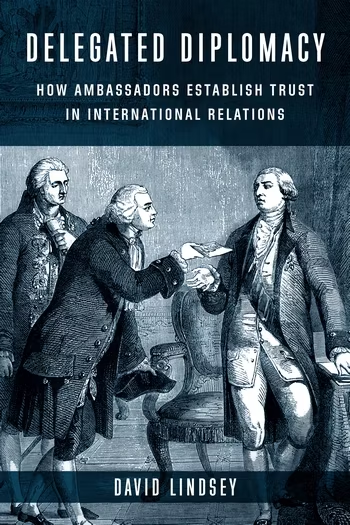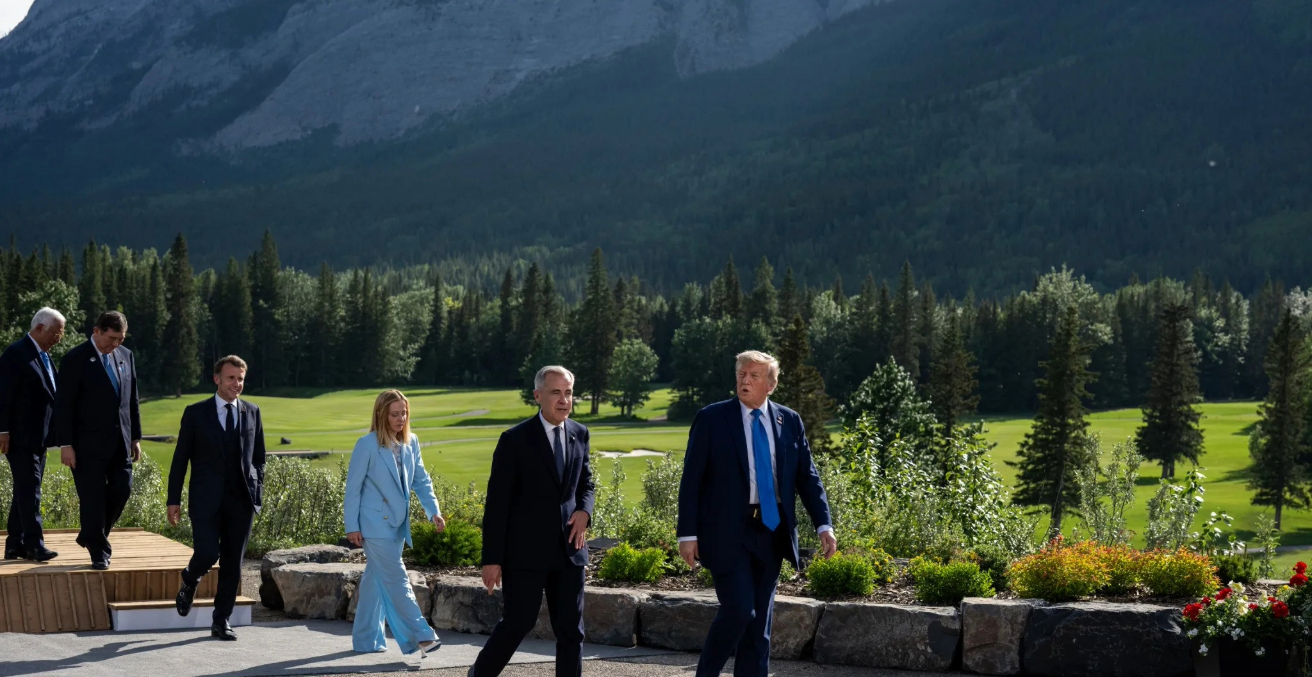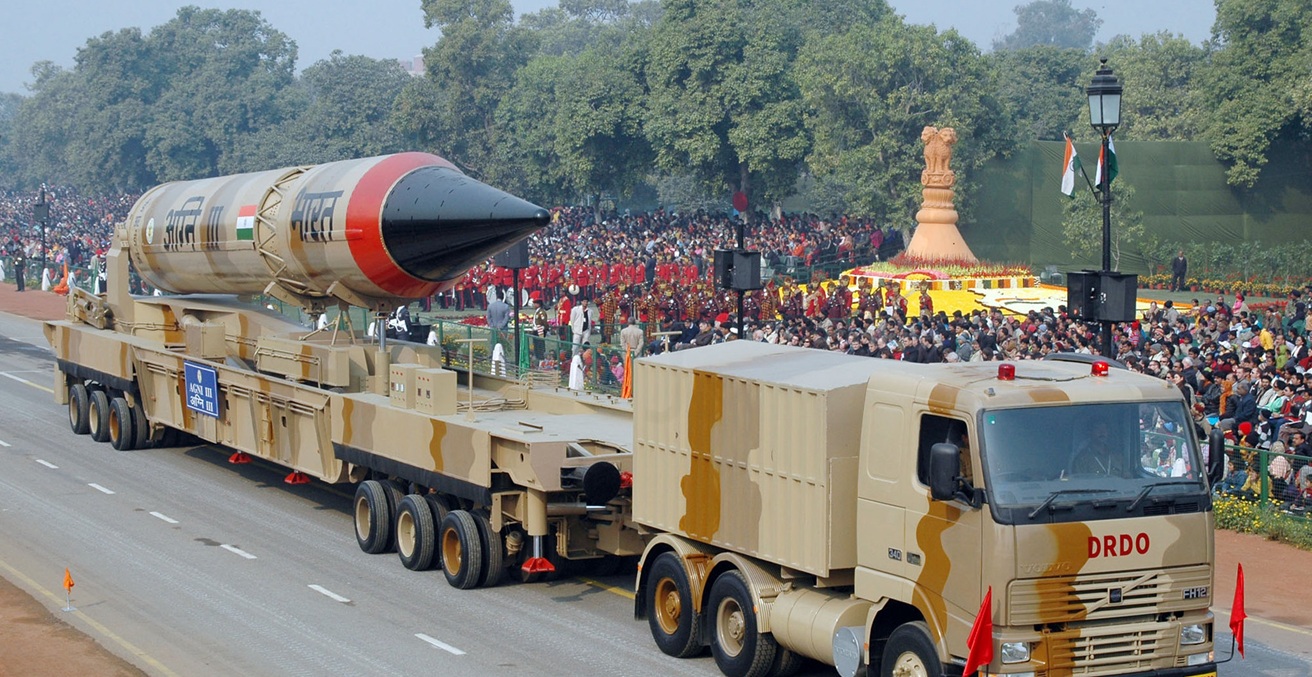The United States and Russia must overcome their Soviet-era differences, resolve their standoffs diplomatically, and work for the global commons. The meeting between Joe Biden and Vladimir Putin at the Geneva Summit is a good step.
During his week-long trip to the G7 Summit in Europe, President Joe Biden met with President Vladimir Putin in Geneva. This is their first summit meeting since Biden’s election as president of the United States. Putin described the meeting as constructive, and Biden said there is a glimpse of hope for improvement in US-Russia relations. The meeting was significant in light of speculation about a tougher US policy toward Russia under Biden’s presidency, as well as the recent deterioration of US-Russia relations.
Despite the differences, the two nuclear superpowers remain linked by a number of critical security issues. The economic and geostrategic constraints limit the discernment and affordability of a Cold War-style US-Russia stalemate amidst the unravelling great power politics specifically in the Indo-Pacific.
What’s been agreed?
At the summit meeting, which was described as professional rather than friendly, both leaders agreed to take steps on cybersecurity and arms control issues, as well as to resume diplomatic ties by sending their envoys back to their respective capitals. On cybersecurity, neither side gave details on how their planned cybersecurity talks might unfold, though critical infrastructure to be “off-limits” to cyberattacks was discussed.
The differences continued on the issues of human rights and cyberattacks. President Biden demanded that Russia crack down on ransomware cyberattacks on US gas pipelines, and expressed concern about the safety of imprisoned Kremlin critic and US citizen Alexei Navalny, and Russia’s increased military presence near Ukraine’s eastern border. Putin questioned US credentials by bringing up the “Black Lives Matter” movement and the arrest of rioters who attacked the US Capitol on 6 January to prevent Biden’s swearing in ceremony as president.
US-Russia relations: No longer constrained by Cold War baggage, but still challenging
After the Cold War ended, ideological differences between the US and Russia faded, allowing US-Russia relations to improve. After the 9/11 terror attack, US-Russia relations converged on tackling the challenge of Islamic terrorism. However, the 2008 conflict between the US and Russia over Georgia sparked a series of squabbles in the UN Security Council over Syria and Iran’s nuclear program, exposing fundamental differences in the two countries’ foreign policy interests. Russia’s support for Wikileaks founder Julian Assange, as well as Assange’s asylum, appeared to be a snub to the US, was another irritant factor. The standoff over the Ukrainian crisis escalated into the worst post-Cold War standoff, with both sides accusing the other of triggering the crisis.
The US condemnation of Russia’s involvement in Crimea in 2014, the sending of fighter jets and military personnel for joint NATO training and imposition of economic sanctions, Russia’s intervention in Syria in 2015, and Washington’s allegations -denied by Moscow – of interfering in the 2016 US presidential election, culminated in a strained US-Russia relationship. Biden’s previous description of Putin as a “killer” sparked a diplomatic squabble between the United States and Russia, with both countries recalling their ambassadors from their respective capitals.
Financial Constraints and the European Union Dependency
Financial constraints will continue to be an issue for both parties. Russia can no longer afford the old Soviet style of military standoff as its economy is now dependent on foreign economic forces and market fluctuations. Russia’s energy boom is mainly due to selling to Europe, which receives one-third of its oil and gas from Russia, and Moscow cannot afford to risk its energy revenue.
Similarly, the US after the Iraq and Afghanistan Wars, which have already taken a toll on Wall Street, cannot afford further militarism. The US has grappled to orchestrate with the European Union a response to Russia’s military campaign in Ukraine. The volume of trade between the EU and Russia – which includes massive gas imports and engineering exports – is 15 times that of trade between the US and Russia. The US reaction has been more aggressive because Washington believes it has much less to lose from a trade war. The EU response has been weak, possibly due to a variety of priority areas among EU nations. The EU was also divided on response to Russia’s interference in Ukraine, and was modest, only issuing a warning. Trump invoking tariffs and burden sharing created further unease in the transatlantic partnership, preventing the US and EU from presenting a united front against Russia.
Nuclear Stability, Geopolitical Constraints, and the Great Game in the Indo-Pacific
The United States and Russia also have common grounds on which they converge. The two nuclear superpowers share primary responsibility for global nuclear stability and manage not only their nuclear arsenal stockpiles but also work toward nuclear non-proliferation. A the Geneva Summit, Biden and Putin discussed their shared responsibility for nuclear stability and agreed to hold talks on possible changes to their recently extended New START arms limitation treaty, which limits the number of strategic nuclear warheads they can deploy and the land- and submarine-based missiles and bombers to deliver them.
Geopolitics further constrains the Cold War-style standoff. Despite their policy differences on certain strategic and economic issues in the Middle East, the two superpowers share common interests in the region. This includes preventing Tehran from developing a nuclear weapons program and curbing Islamic radicalism on which counterterrorism collaboration efforts in the past amounted to an element of positivity between Russia and the US and its Western allies.
In the Indo-Pacific, the two defence superpowers have stakes amidst the unfolding great game due to the rise and re-emergence great powers, most notably China and India. Both have a cordial strategic partnership with India, but China is challenging the US pre-eminence in the Indo-Pacific, and the Russia-China relationship is also fraught with problems. Despite its support for Russia in the Syrian crisis and many other Middle Eastern issues, China is primarily concerned with its strategic interests. Rather than siding with Moscow on the Ukraine issue, China advocated for a diplomatic solution, backed Ukraine’s sovereignty and territorial integrity, and abstained in UN Security Council votes.
Biden’s challenge is to keep Russia from drifting closer to China and to benefit from the cracks in Russia-China relations. The Indo-Pacific is Washington’s most difficult challenge, and Biden’s week-long trip to Europe reaffirmed the prioritisation of the Indo-Pacific over the Atlantic. China’s intent to dominate the Indo-Pacific is a significant geopolitical constraint on the continuation of the US-Russia standoff, as Russia too has a stake in the Indo-Pacific.
Dr Ashok Sharma is a Visiting Fellow at the Australian National University at the Strategic and Defence Studies Centre, the Coral Bell School of Asia-Pacific Affairs; a Visiting Fellow at the University of New South Wales Canberra at the Australian Defence Force Academy, an Adjunct Associate Professor at the University of Canberra, and the Deputy Chair of the New Zealand Institute of International Affairs, Auckland Branch.
This article is published under a Creative Commons License and may be republished with attribution.




